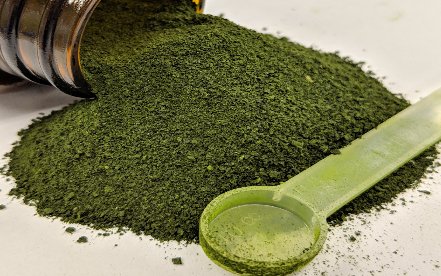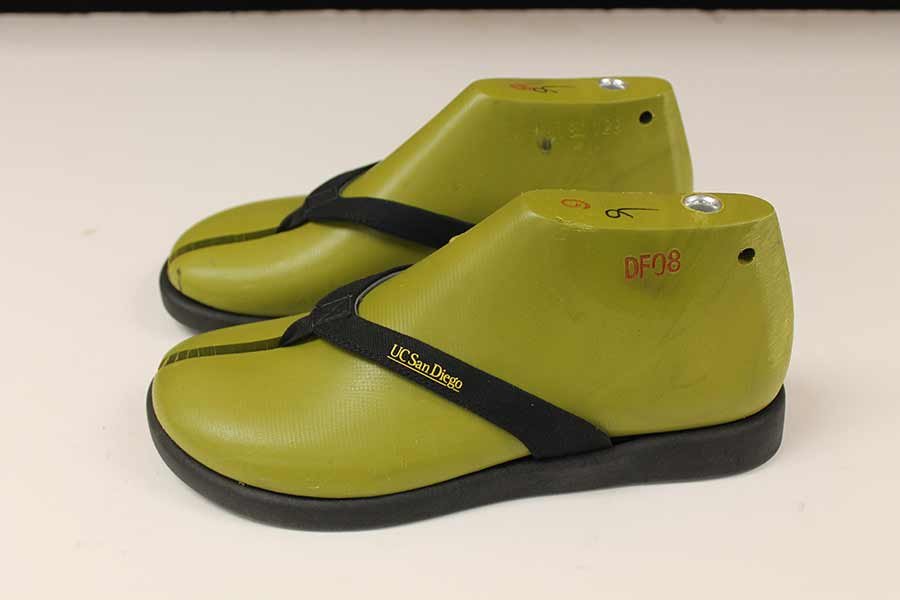UCSD Finding Ways to Use Algae
Easy to grow yet hard to use… right now.
Written by Aimee Ascano
Algae, often thought of as the “plants” of the ocean. It ranges tiny, microscopic forms, as well as the towering stalks of kelp that grow together into oceanic forests. Yet we don’t really talk about it. Sure, we talk about when bioluminescent algae blooms occur, if only to plan a trip to beach to see the ocean light up and snap a few photos, but it’s not exactly a day-to-day topic of conversation. So, let’s talk about it now.
It may come as a surprise, but algae are very versatile in what they can be used for. Aside from being the base of many aquatic food chains, and creating habitats that support an entire area, such as kelp forests, algae is used for many functions by humans. We eat various forms of seaweed and sea grass. We use algae to feed our farm animals: both land based and aquatic. We even use algae to fertilize our crops and even help lower soil pH when farming grounds become too basic.
These are all the traditional ways of using algae, and UCSD is just one of the places where new ways to use algae is being researched.
One of the more publicized areas of research in using algae is of course for food. Currently, we usually eat algae in various forms of seaweed, as used in sushi. However, algae have much more potential regarding the human diet. It contains very important macronutrients such as protein, lipids, and essential fatty acids, which are all essential for the human body to function. A UCSD lab has even shows that algae are good for one’s gastrointestinal health. In addition to this, growing algae is also more land efficient than growing traditional land-based crops. Despite this, powdered dried algae, while some say it’s tasty, isn’t exactly a marketable food product to replace our current food items. Which is why many labs, some based out of UCSD, are trying to find ways to make algae-based food products that are appealing to the average consumer.
Food is far from the only usage people are finding for algae, and far from humanities only target area to improve upon.
We as a species use a lot of energy in the modern world, and as such, are currently having sourcing issues on how to generate all the electricity we as a collective use. A newer proposal to solve our eternal energy issue is to use algae as a biofuel, the trick is creating systems to bring this concept into reality. California Center for Algae Biotechnology at UCSD is currently researching how to genetically modify algae to optimize their usage as a biofuel. Success on this front would help make using algae as a biofuel more economically viable for the public.
Yet using algae as a new energy source is not the most novel usage of algae being researched here at UCSD. UCSD labs have produced biodegradable algae-based surfboards and flip flops. While these products are certainly inspired by our beautiful beachside location, they were also targeted at a demographic that typically concerned with petroleum-based products currently polluting the ocean, i.e., surfers. Meanwhile 3 billion pairs of sandals are made globally, and many of these non-biodegradable products that miss the land fill end up polluting oceans and rivers. Switching to biodegradable algae would greatly reduce harmful pollutants from non-biodegradable products. The trick is how to implement such material usages on a consumer scale.
All these projects are still in early stages, whether because they’re still in the research phase or are currently trying to spread usage their methodologies on a larger scale. While UCSD is currently trying to implement current conventional sustainability practices, it is also supporting the work of many others to develop new ways to be sustainable. These algae related projects are only the tip of the iceberg of all the research UCSD houses.
References
https://jacobsschool.ucsd.edu/news/release/1536
https://jacobsschool.ucsd.edu/news/release/2041
https://jacobsschool.ucsd.edu/news/release/2961
https://learningenglish.voanews.com/a/health-lifestyle-algea-to-feed-the-world/3892380.html
https://ucsdnews.ucsd.edu/feature/new-science-behind-algae-based-flip-flops
https://ucsdnews.ucsd.edu/feature/surfing_into_a_greener_future
https://ucsdnews.ucsd.edu/pressrelease/uc_san_diegos_algae_biofuels_program_ranked_best_in_nation





